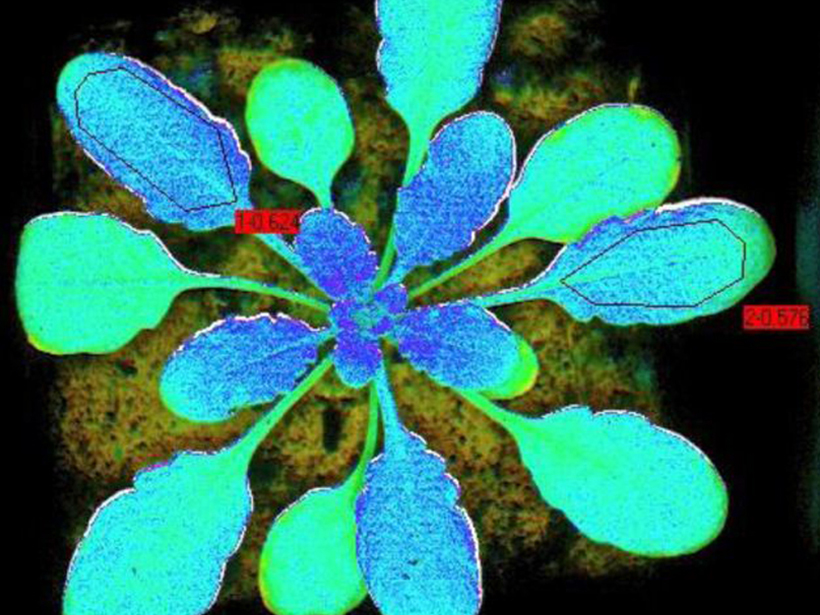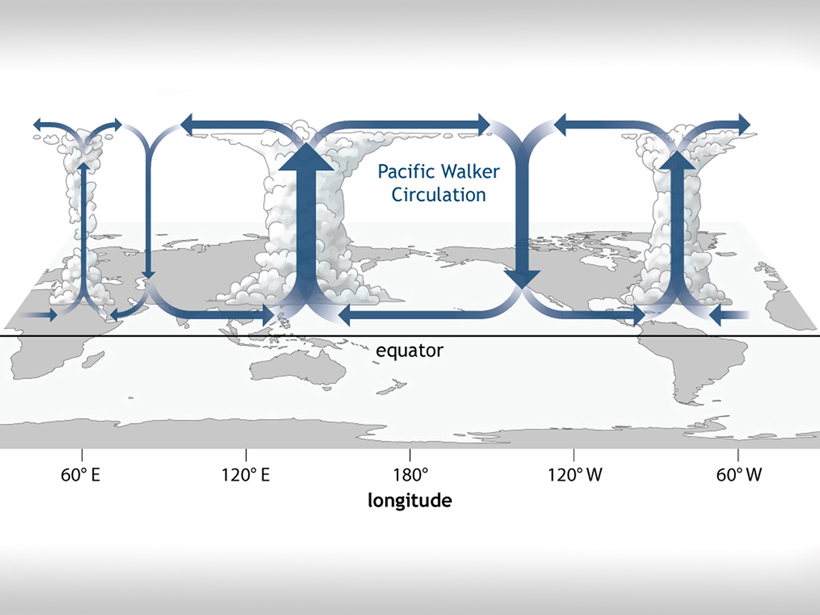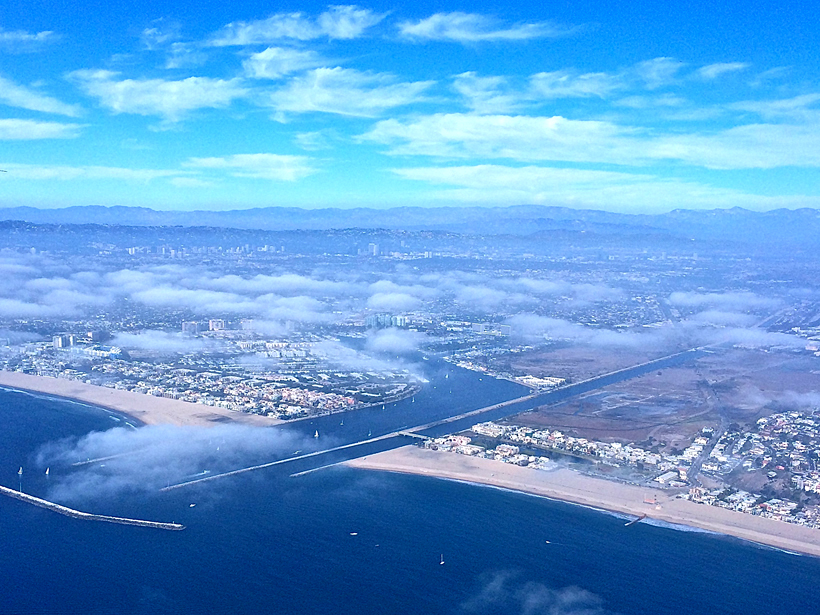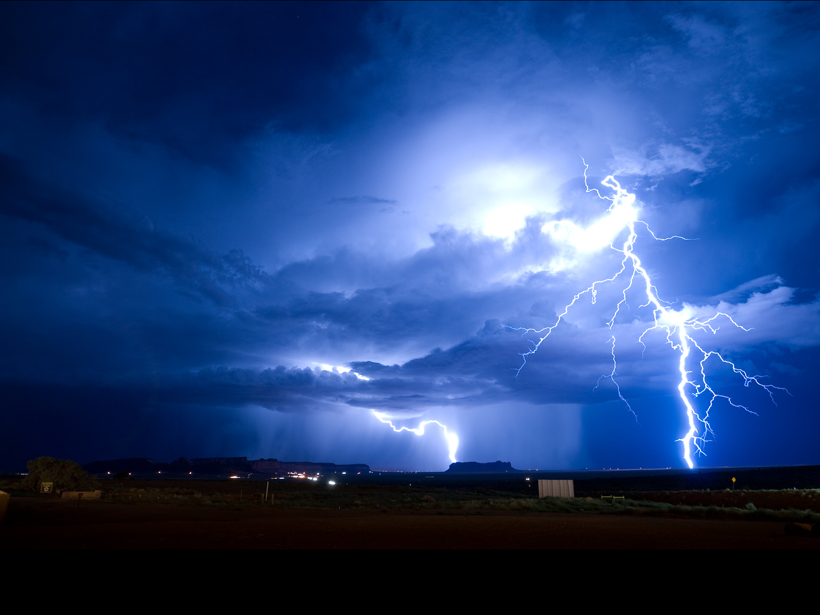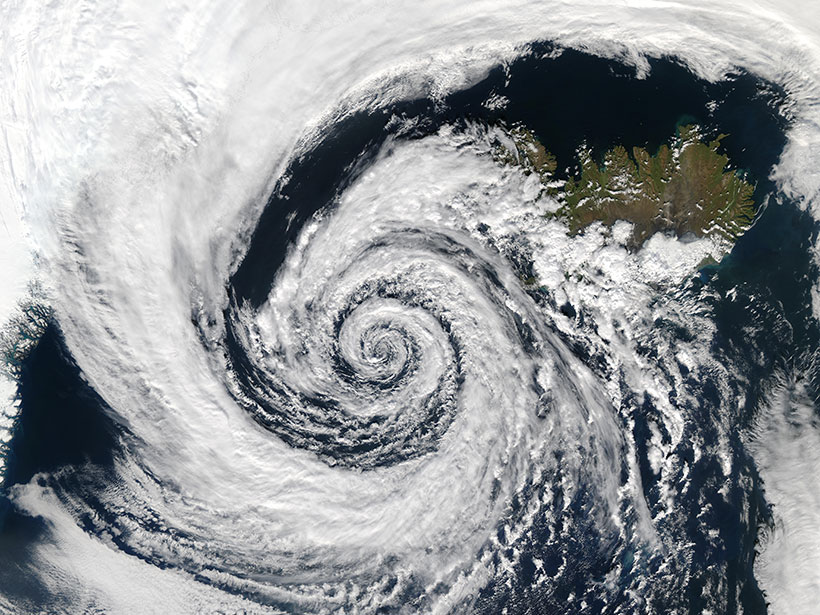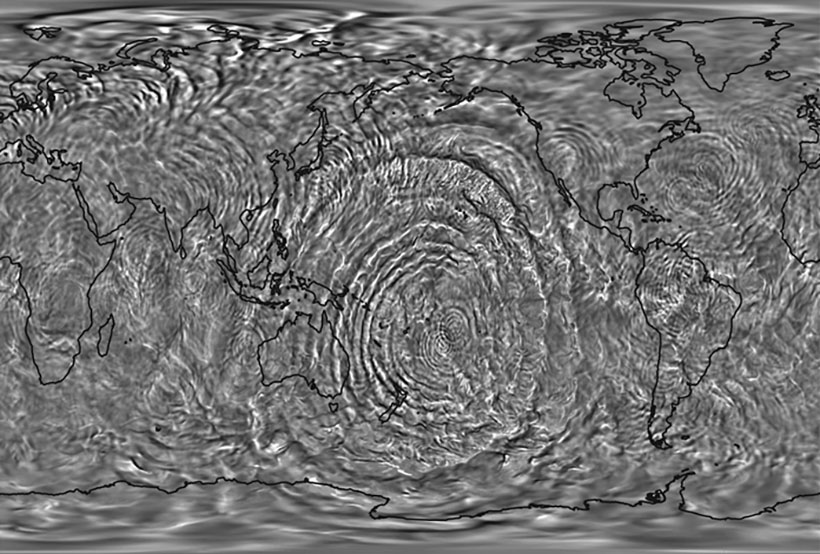Remote estimation of fluorescence emitted by plants can indicate variations in photosynthesis performance.
Geophysical Research Letters
Rethinking How Tropical Convection Works
Researchers look at previous Walker circulation models and ask, Does damping truly matter?
Urbanization Threatens Drought-Reducing Clouds in California
Since the mid-20th century, increased urbanization along the southern California coast has raised nighttime temperatures, resulting in less morning fog and cloud cover.
Newly Discovered Properties of Elusive Gamma Ray Flashes
The properties of terrestrial gamma ray flashes have eluded scientists for years. This new study sheds light on how they originate.
How Did the Moon Get Its Shape?
Scientists find a solution to a 200-year-old problem: syncing the prominent bulges on the Moon with our natural satellite's origins.
Amazon Rain Forest Nourished by African Dust
New satellite data highlight the important role African dust plays in maintaining the rain forest's long-term health.
Historic Warm Periods Shed Light on Future Cyclones
Researchers look back in time to help understand our warmer future.
New Insights into Currents in Earth's Magnetic Field
Multisatellite missions give scientists a more complete view of the intense currents that bounce back and forth along our planet's magnetic field lines.
Deep Atlantic Conduit Boasts Longest Billow Train
Some 4000 meters below sea level, swirling patterns of more than 250 consecutive breaking waves up to 100 meters tall stretch through the Atlantic Ocean's Romanche Trench.
Global Atmospheric Model Simulates Fine Details of Gravity Waves
Whole-atmosphere general circulation model captures many aspects of mesoscale gravity wave structures—down to the tens of kilometers—and resulting temperatures and tides.

